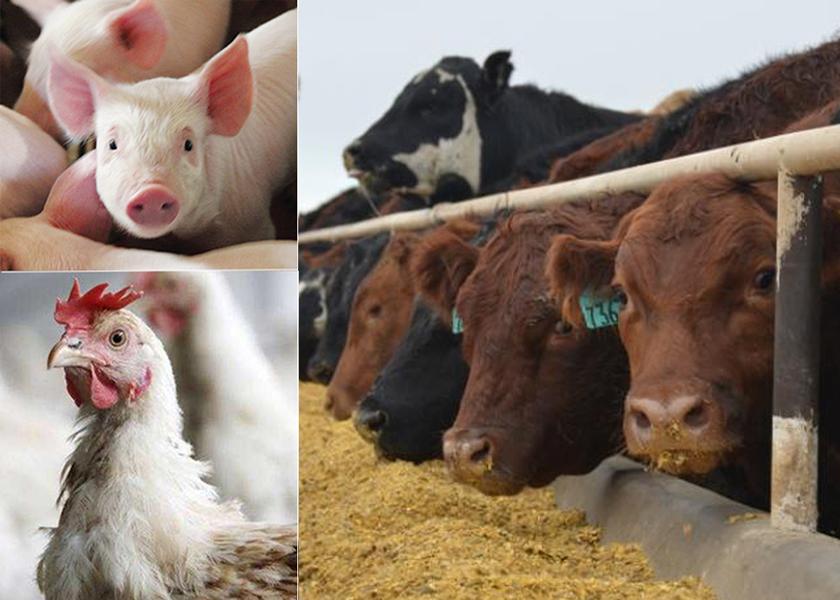R-CALF USA Hesitant on Indemnity Regulation Changes, NPPC Praises Updates

Livestock industry groups, R-CALF USA and the National Pork Producers Council (NPPC), sit on opposite sides of the fence regarding the USDA Animal and Plant Health Inspection Service’s (APHIS) proposed changes to indemnity regulations.
These indemnity regulations apply to instances when animals are infected by or exposed to foreign animal diseases, emerging diseases and program diseases, including bovine tuberculosis and brucellosis, and must be destroyed. APHIS provides compensation to the qualifying producers in such events.
Originally released in Sept. 2022, proposed changes to the regulations address payment of indemnity for the destruction and disposition of animals and aims to harmonize how APHIS determines animal values and deals with costs associated with transportation, cleaning, disposal and other points at which variations occur in how APHIS manages indemnity and compensation, the Federal Register states.
Current regulations for valuing animals for the purpose of compensation varies between species and even diseases within the same species. Methods of determining compensation range from flat rates to requiring in-person appraisal, which is the most common method.
In the event of a widespread and fast-moving outbreak, using in-person appraisal presents a huge challenge.
APHIS’ proposed updates aim to standardize the system by utilizing the annually-updated “USDA Indemnity Values” table, similar to the Farm Service Agency’s (FSA) Livestock Indemnity Program, to determine the compensation per event based on the tables set values. Producers would be allowed to appeal, such as in the case of extraordinary circumstances.
While most slated updates intend to standardize and uncomplicate the program’s regulations, formal comments by R-CALF USA reveal the group’s concerns.
In the event where indemnity would be considered, certain identification requirements must be met for animals to qualify in the proposed updates. As the Federal Register states, “For those disease programs that do not have identification requirements, we would refer to the requirements in 9 CFR part 86 (the Animal Disease Traceability regulations) for official identification.”
R-CALF USA wrote in its comments, “The agency’s Animal Disease Traceability regulations only require identification of certain livestock moved interstate but impose no identification requirements on those certain livestock until and unless they are moved interstate. Our concern is, therefore, that the agency may inappropriately attempt to expand the scope and purpose of its Animal Disease Traceability regulations by incentivizing livestock owners to incur the expense of identifying their livestock in circumstances not required under current law.”
Specifically, R-CALF refers to the use of radio frequency identification (RFID) eartags for cattle producers. In 2019, APHIS attempted to mandate exclusive use of RFID eartags when adult cattle are moved interstate, which prompted an R-CALF lawsuit.
Meanwhile, NPPC praises the proposal, noting that the more standardized approach could serve as a benefit in the event of an animal health outbreak.
The full regulation update document can be found on the Federal Register website. The Code of Federal Regulations also provides more information regarding the Animal Disease Traceability regulations.







